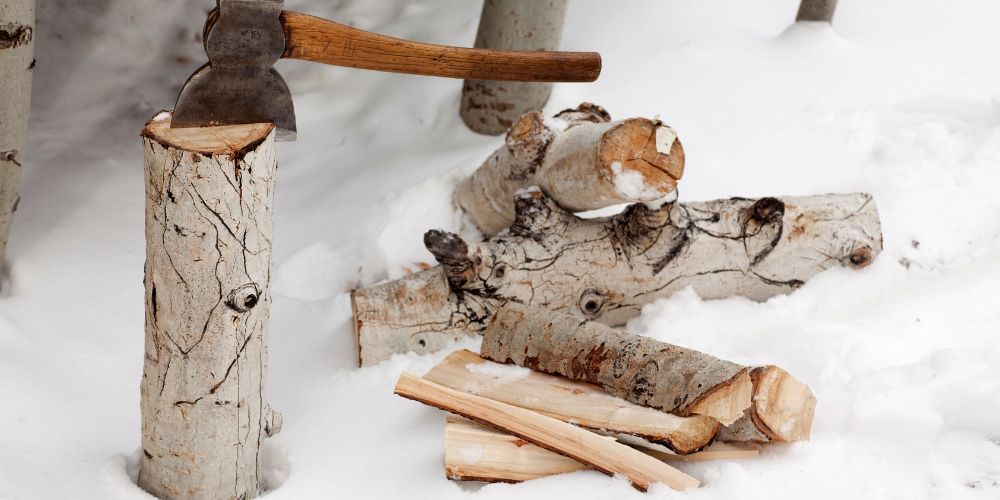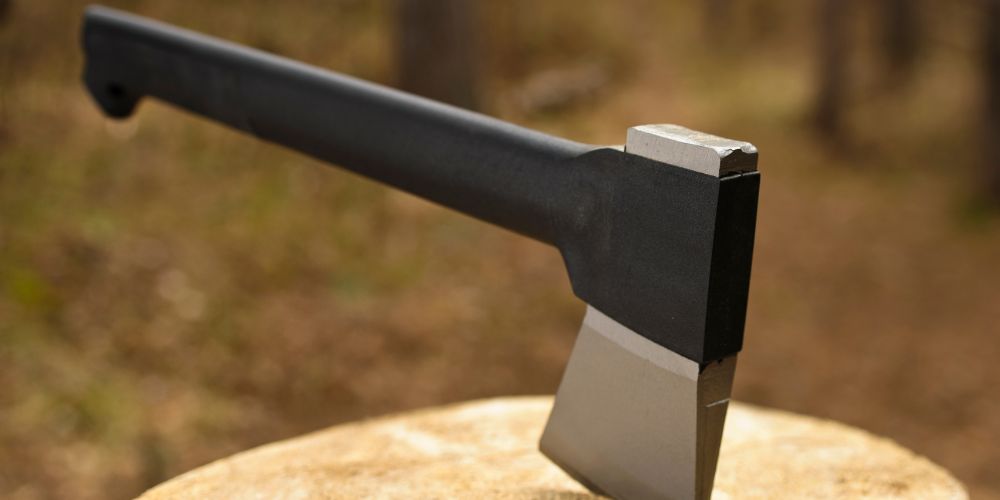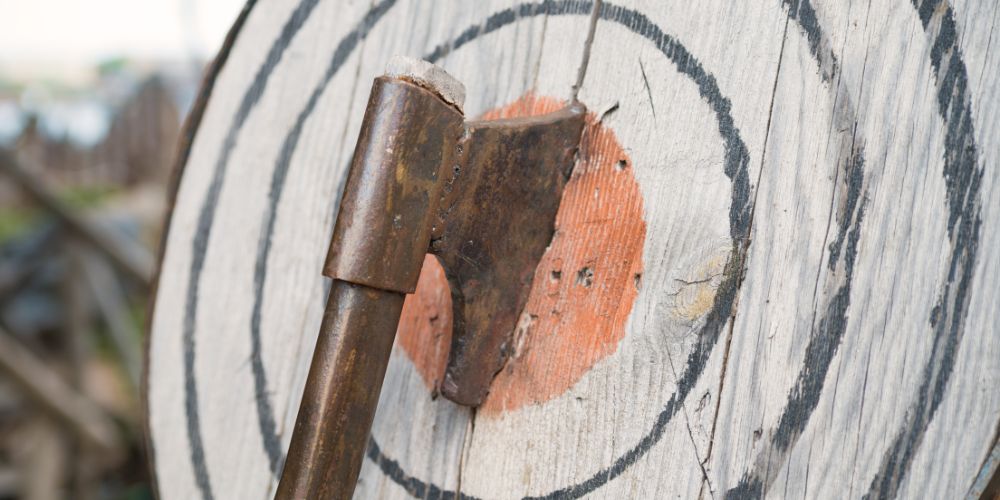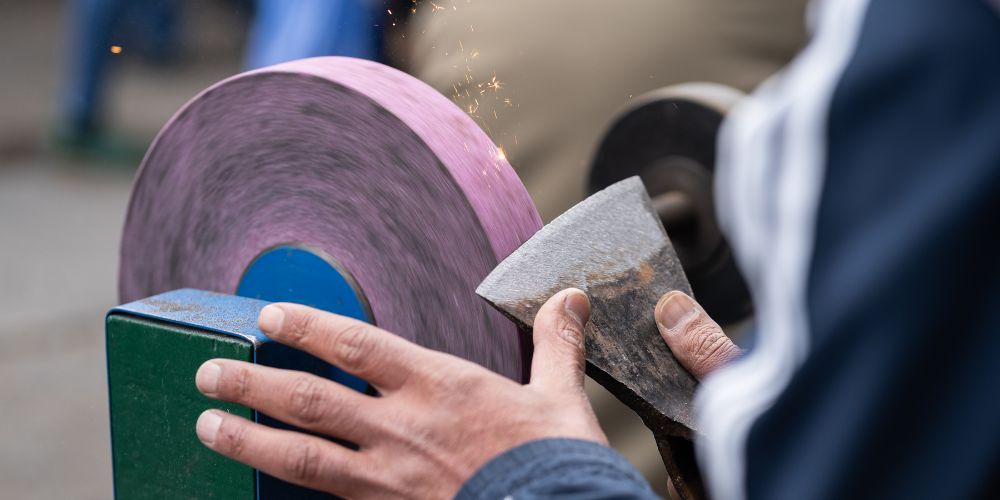Overview
A decent splitting axe should have a sharp, long-lasting blade, a cozy, ergonomic handle, and a weight that makes splitting quick and easy. The axe’s balance, material composition, and handle length are other crucial aspects to take into account.
You can quickly split even the hardest logs by selecting a high-quality splitting axe that matches your needs and preferences, which will make the process more efficient and enjoyable.
Our Top Picks
Here are all of our top best splitting axes that we have picked out for you to choose.
- Premium Quality: Fiskars X27 Super Splitting Axe
- Best Overall: Husqvarna S2800 27″ Wooden Splitting Axe
- Best Value: Estwing Special Edition Camper’s Axe
- Best Budget: WilFiks Chopping Axe
- Best Heavy-Duty: Gransfors Bruks Splitting Maul
- Best Lightweight: Gerber 36-Inch Power Splitting Axe
- Best Versatile: Hults Bruk Kisa Felling Axe
- Best Compact: Helko Werk Vario 2000 Splitting Axe
Buying Guides
Here are all the key factors of best splitting axes that you need to know if you want to choose and get the best tool for your wood project.
Blade Quality
When splitting wood, the axe blade’s quality is crucial. A good blade need to be sufficiently strong and sharp to survive repeated blows from hardwood logs. For splitting axes, a high-carbon steel blade makes a great choice since it is robust, retains an edge effectively, and is corrosion-resistant.
Handle Material and Design
Since the axe handle is the portion you hold onto, it must be both comfortable and sturdy. Popularity of wood handles is a result of its good shock absorption and pleasant grip. Some types, however, feature synthetic or composite handles that are made to be more resilient to the elements.
Axe Weight
Another significant factor to take into account is the axe’s weight. Axes that are too light or heavy may be challenging to handle or may wear you out physically. The weight of a good splitting axe should allow for efficient and effective splitting while maintaining a balance between weight and force.
Axe Length
When selecting a splitting axe, the length of the axe should also be taken into account. Larger logs can be split more easily with a longer axe since it has more leverage and power. A longer handle, however, may also make the axe heavier and harder to handle. As a general rule, pick an axe that is long enough to deliver sufficient power yet short enough to be controllable.
Balance
The balance of the axe is another essential factor to consider. A well-balanced axewill feel comfortable in your hand and provide better control when splitting wood. The weight of the axe head should be evenly distributed throughout the handle, allowing for a smooth and controlled swing. An imbalanced axe can cause strain and discomfort, leading to a less efficient splitting experience.
Safety Features
Another crucial aspect to take into account is how well-balanced the axe is. When splitting wood, a well-balanced axe will feel comfortable in your hands and give you better control. To enable a smooth and controlled swing, the weight of the axe head should be equally distributed throughout the handle. An unbalanced axe can make splitting difficult and uncomfortable, which will reduce its effectiveness.
Frequently Asked Questions
1. What is the difference between a splitting axe and a chopping axe?
A chopping axe is made to cut through tiny trees or branches, but a splitting axe is made expressly for splitting wood. Chopping axes have a narrower, pointed head that is intended to cut through wood fibers, while splitting axes have a wedge-shaped head that is intended to split wood against the grain.
2. How do I choose the right size splitting axe?
The size of the logs you plan to split will determine the size of the splitting axe you select. While a smaller axe with a shorter handle will be easier to operate and more suited for splitting smaller logs, a larger axe with a longer handle will have greater power and leverage for splitting larger logs.
3. How do I maintain my splitting axe?
You should regularly use a sharpening stone or file to keep the blade of your splitting axe in tip-top shape. To avoid corrosion and prevent the wood from drying up, you should oil the blade and handle as well. Additionally, you want to keep your axe dry and keep it away from hot or humid environments.
4. Is it safe to use a splitting axe?
If they are not handled appropriately, splitting axes can be deadly. When using an axe, always wear safety gear such as gloves and goggles. Keep a tight grip on the handle at all times and make sure the area is free of any obstructions or individuals. Additionally, it’s critical to swing the axe correctly to ensure a clean contact between the blade and the wood and to prevent any uncomfortable or unbalanced swings.
Conclusion
There are a few important things to think about when looking for the best splitting axe. A splitting axe’s blade quality, handle material and design, length, balance, and safety features are all crucial factors to take into account. A good splitting axe need to be comfortable, safe, long-lasting, and sharp.
Making rapid work of even the most difficult logs and having a more fruitful and happy wood splitting experience are both possible by selecting an axe that suits your needs and tastes.
The best splitting axe might mean the difference between being a novice or an experienced pro. Select the best splitting axes available, then split wood like an expert.









